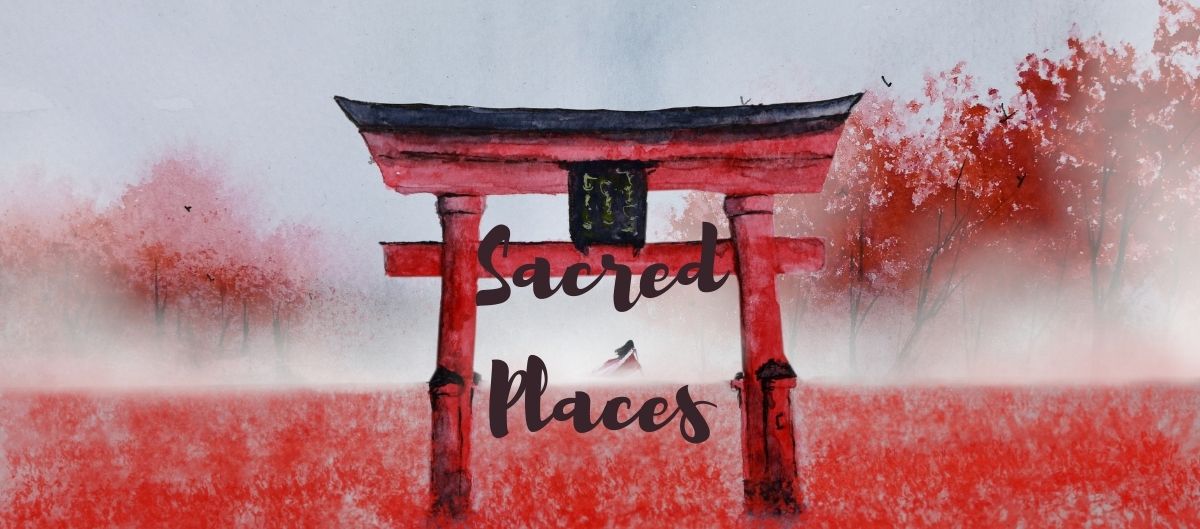Borders of a Sacred Place: Visit Tokyo’s Incredible Meiji Shrine

Minutes away from the ultra-modern steel and glass skyline, uber efficient ramps and highways in the Shibuye Ward of Tokyo, visitors can find the sublime peace of the Meiji Shrine (明治神宮, Meiji Jingū). Wooded, with pea gravel walking paths (the Japanese encourage serenity by paving with tiny stones mimicking the sound of water) this is a sacred place dedicated to the deified spirits of Emperor Meiji and his consort, Empress Shoken.

Emperor Meiji was the first emperor of modern Japan. Called the Meiji Restoration, this was the period when Japan’s feudal era came to an end and the emperor was restored to power.
Entry into the shrine grounds is marked by a massive torii gate, after which the sights and sounds of the busy city are replaced by a tranquil forest. The approximately 100,000 trees that make up Meiji Jingu’s forest were planted during the shrine’s construction and were donated from regions across the entire country.

The route is lined with hundreds of sake barrels; made of cedarwood and decorated with calligraphy and artwork they were donated by the most important sake breweries in Japan.

Sake is an essential part of Shinto purification rituals and is said to represent a union with the enshrined kami or resident deities.

Sacred objects of worship that represent the kami or “deities” are stored in the innermost chamber of the shrine where they cannot usually be seen. Sometimes, a mountain, waterfall or special rock behind the shrine can be the object of worship.

Shinto is the largest religion in Japan, and the majority of Japanese people practice a combination of Shintoism and Buddhism. Most Japanese take part in Shinto rituals and in some ways follow a Shinto way of life.

What are Shintoism’s main beliefs? There are four affirmations: tradition and family, love of nature, physical cleanliness, and festivals in which worship and honor is given to the “kami”). Kami are are the deities, divinities, spirits, mythological, spiritual, or natural phenomena that are venerated in the Shinto religion.


To me, this practice informs much of Japan’s modern culture, offering clues to a country so refreshingly different from Western culture that at times it feels like a different planet.
Related Posts
Rio de Janeiro and the Girl from Ipanema: Where Music Meets the Sea
Rio de Janeiro is more than a city—it’s sun-soaked poetry. From the iconic Christ the …
May 3, 2025Visit the Most Beautiful Bookstore in the World
It’s called El Ateneo, Spanish for “The Athenaeum”, a place associated with learning, the arts …
April 26, 2025

Ron Hunter | 3rd Sep 24
Great reading and so many exciting and wonderful places to see in our world and thank you for sharing them with us in such a professional way💕